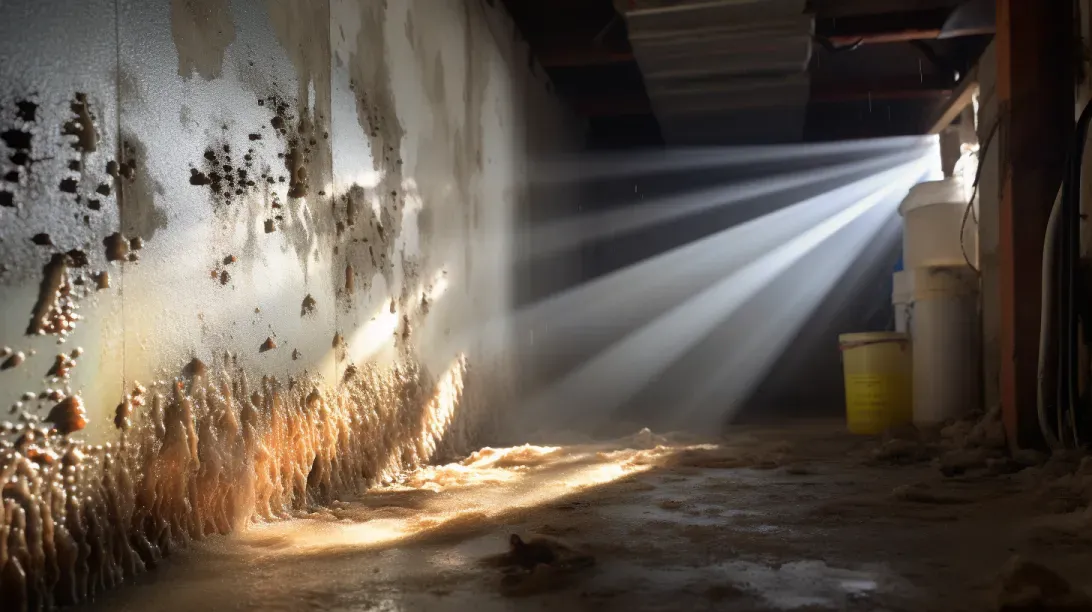
Mold in crawl spaces is a topic shrouded in misconceptions, often leading homeowners astray in their efforts to manage this persistent issue. The myths surrounding crawl space mold range from its causes and effects to the methods of prevention and removal. Dispelling these myths is crucial, as they can hinder effective mold management and lead to inadequate or even harmful practices.
Understanding the truth about crawl space mold is essential for homeowners. It's not just about recognizing the presence of mold but also about implementing the right strategies to combat it. Misinformation can lead to ineffective solutions, wasted resources, and ongoing struggles with mold, potentially compromising the health of your home and its inhabitants.
In this blog, we aim to separate fact from fiction. We'll delve into common myths about crawl space mold and debunk them with accurate, science-backed information. This myth-busting approach will provide you with the knowledge and tools needed to effectively manage mold in your crawl space, ensuring a healthier and safer home environment.
Myth vs. Fact - Understanding Crawl Space Mold
Mold in crawl spaces is often misunderstood, leading to misconceptions about its impact and severity. By distinguishing between myth and fact, homeowners can take more effective steps to manage and prevent mold issues.
Myth 1: Mold in Crawl Spaces Doesn't Affect Indoor Air Quality
Fact: Contrary to this common belief, mold in crawl spaces can significantly impact the air quality of the entire house. Mold spores are microscopic and can easily become airborne, circulating through the home's HVAC system or through small openings and cracks. Once in the air, these spores can be inhaled by the home's occupants, potentially leading to health issues, especially in individuals with allergies, asthma, or compromised immune systems. Additionally, the musty odors associated with mold can also permeate the house, leading to an unpleasant living environment.
Myth 2: A Little Mold is Not a Big Deal
Fact: Even small amounts of mold should not be taken lightly. Mold is a living organism that can grow and spread quickly under the right conditions. A small patch of mold can become a larger infestation if not addressed promptly. Furthermore, any amount of mold indicates an underlying moisture problem that needs to be resolved to prevent future growth. Ignoring even a small mold issue can lead to more significant problems, including structural damage to the home and more serious health risks to the inhabitants.
Understanding the realities of crawl space mold is crucial for homeowners. Recognizing that even small amounts of mold can affect indoor air quality and pose potential risks is the first step in taking the necessary actions to create a healthier, mold-free home environment.
Misconceptions About Mold Growth and Spread
Mold growth and its spread are often misunderstood, leading to misconceptions that can hinder effective prevention and treatment. It's crucial to debunk these myths to ensure homeowners are well-informed and can take appropriate action.
Myth 3: Mold Only Grows in Warm, Wet Climates
Fact: While mold thrives in warm and wet climates, it's a misconception that these are the only conditions in which mold can grow. In reality, mold can grow in a variety of climates, including dry and cold environments. Mold spores are resilient and can lie dormant in less ideal conditions, only to begin growing when moisture becomes available. This means that homes in drier or colder climates are not immune to mold problems. Areas of the home that experience fluctuations in moisture levels, like crawl spaces, can be particularly susceptible, regardless of the general climate.
Myth 4: Mold Can't Grow on Concrete and Other Non-Organic Surfaces
Fact: Another common misconception is that mold cannot grow on non-organic surfaces such as concrete. However, mold does not need an organic material like wood or drywall to grow. It can thrive on nearly any surface, as long as there is enough moisture. Concrete, for instance, can absorb moisture, and dust or other organic material on its surface can provide enough nutrients for mold to grow. This means that even seemingly inhospitable surfaces in crawl spaces, like concrete floors or walls, can harbor mold if the conditions are right.
Understanding the realities of mold growth and spread is essential for effective home maintenance. Recognizing that mold can grow in various climates and on a wide range of surfaces is key to taking proactive steps to prevent and address mold issues in your home.
Myths About Mold Detection and Removal
Mold detection and removal are often surrounded by myths that can lead to ineffective or incomplete solutions. Understanding the truth behind these myths is crucial for properly addressing mold issues in your home.
Myth 5: If You Can't See Mold, It's Not There
Fact: The absence of visible mold does not guarantee that your home is mold-free. Mold often grows in hidden places, such as behind walls, under floors, or in crawl spaces, where it's not easily seen. This hidden mold can still affect air quality and pose health risks. Professional inspections are important because experts know where to look for hidden mold and have the tools to detect it, such as moisture meters and thermal imaging. They can also take air samples to test for the presence of mold spores. If you suspect mold but can't see it, a professional inspection is a prudent step to ensure your home is truly mold-free.
Myth 6: Bleach is the Best Solution for Removing Mold
Fact: While bleach is commonly thought to be the best solution for removing mold, it isn't always effective, especially for all types of mold or on all surfaces. Bleach can kill certain types of surface mold but may not penetrate porous materials to kill the root of the mold. This means the mold can return over time. Additionally, bleach can be harsh and pose its own health risks when used in poorly ventilated areas.
Alternative mold removal methods include:
- Antimicrobial Sprays: These are specifically designed to kill mold and prevent its regrowth.
- Natural Solutions: For those seeking less harsh methods, solutions like vinegar or baking soda can be effective for small areas of mold.
- Professional Remediation: For extensive mold problems, professional mold remediation is often the safest and most effective solution. Professionals use advanced techniques and products to ensure complete removal and prevent future growth.
Understanding the realities of mold detection and removal is essential for maintaining a healthy home. Recognizing that mold can exist even if it's not visible and that bleach is not a one-size-fits-all solution helps homeowners take more effective actions against mold.
Misunderstandings About Mold Prevention
Mold prevention is often clouded by misunderstandings that can lead to recurring problems and ineffective management strategies. Addressing these myths is crucial for maintaining a mold-free environment in your home.
Myth 7: Once Removed, Mold Won't Come Back
Fact: The belief that mold, once removed, will not return is a common misconception. Mold removal is only the first step in a continuous process of prevention. Mold can recur if the underlying issues that led to its growth, such as moisture problems, are not resolved. Ongoing prevention strategies are essential, including:
- Moisture Control: Keep humidity levels in your home low, repair leaks promptly, and ensure good drainage around your property.
- Regular Inspections: Conduct routine checks of areas prone to mold, especially after heavy rains or changes in humidity.
- Maintenance of HVAC Systems: Ensure your heating, ventilation, and air conditioning systems are well-maintained and free from moisture accumulation.
Myth 8: Sealing Off Crawl Spaces Completely Prevents Mold
Fact: While sealing off crawl spaces can be an effective part of a mold prevention strategy, it is not a foolproof solution on its own. Proper ventilation is also crucial in preventing mold growth. Completely sealing a crawl space without adequate ventilation can lead to stagnant air and moisture accumulation, creating an environment conducive to mold growth. The key is to balance sealing with proper ventilation:
- Controlled Ventilation: Install vents or use mechanical ventilation systems to ensure air circulation, which helps to keep the area dry.
- Vapor Barriers: Use vapor barriers in conjunction with ventilation to control moisture coming from the ground.
- Dehumidification: In some cases, a dehumidifier may be necessary to maintain optimal humidity levels in a sealed crawl space.
Understanding these aspects of mold prevention is vital. Recognizing that mold removal is not a one-time solution and that proper ventilation is essential even in sealed spaces can help homeowners effectively prevent mold recurrence.
The Reality of Professional Mold Remediation
Mold remediation is a critical process in maintaining a healthy living environment, but it's often surrounded by misconceptions regarding DIY efforts and the cost of professional services. Understanding the reality of professional mold remediation is key to making informed decisions for your home.
Myth 9: DIY Mold Removal is Always Sufficient
Fact: While DIY mold removal can be effective for small, surface-level mold issues, it is not always sufficient for more extensive infestations. Professional intervention is often required due to several reasons:
- Complexity of Mold Remediation: Mold can penetrate deep into surfaces and spread to hard-to-reach areas. Professionals have the expertise and equipment to thoroughly remove mold, including hidden growths.
- Health Risks: Handling mold can pose health risks, especially for individuals with allergies or respiratory issues. Professionals are equipped with the necessary safety gear and follow strict protocols to mitigate these risks.
- Identification of Moisture Sources: Professionals not only remove mold but also identify and address the underlying moisture sources, which is crucial to prevent recurrence.
Myth 10: Professional Mold Remediation is Always Expensive
Fact: The perception that professional mold remediation is prohibitively expensive is a common misconception. While there is a cost involved, the investment is often justified by the long-term benefits:
- Cost-Effectiveness: Professional remediation can be more cost-effective in the long run. Inadequate removal can lead to mold recurrence, resulting in more expenses over time.
- Long-Term Benefits: Professionals not only remove existing mold but also help prevent future growth, protecting the structural integrity of your home and the health of its occupants.
- Customized Solutions: Professional services offer tailored solutions based on the extent of the mold issue and the specific needs of your home, ensuring effective and efficient remediation.
Understanding the realities of professional mold remediation helps homeowners recognize when it's necessary and how it can be a worthwhile investment for the health and longevity of their home.
Understanding the realities of crawl space mold is more than just a matter of home maintenance; it's a crucial aspect of ensuring a healthy living environment. Throughout our exploration of the myths and facts surrounding crawl space mold, it becomes clear that misconceptions can lead to ineffective or even harmful practices. By dispelling these myths, homeowners are empowered with the knowledge needed to take decisive, effective action against mold.
The importance of relying on facts and expert advice cannot be overstated when it comes to mold management. Mold in crawl spaces is a complex issue, influenced by various factors including moisture levels, ventilation, and material choices. Misunderstandings about these factors can lead to inadequate solutions. Therefore, it is essential to seek accurate information and, when necessary, professional advice. Experts in mold remediation not only bring a wealth of experience but also provide access to the right tools and techniques for effective mold management.
In closing, we emphasize the significance of maintaining a healthy living environment. Your home should be a safe haven, free from the health risks and structural damages that mold can cause. Understanding the truths about crawl space mold is a vital step in protecting this environment. It's about creating a space where you and your loved ones can live comfortably and healthily. We encourage you to stay informed, be vigilant, and take proactive steps in mold prevention and management. Remember, a healthy home is a happy home.
FAQs
Contact Bull City Crawlspace Today!
Bull City Crawlspace will do everything we can to ensure your experience with us is excellent.
Request A FREE Estimate
Request a Free Estimate Form
Checkout Recent Post
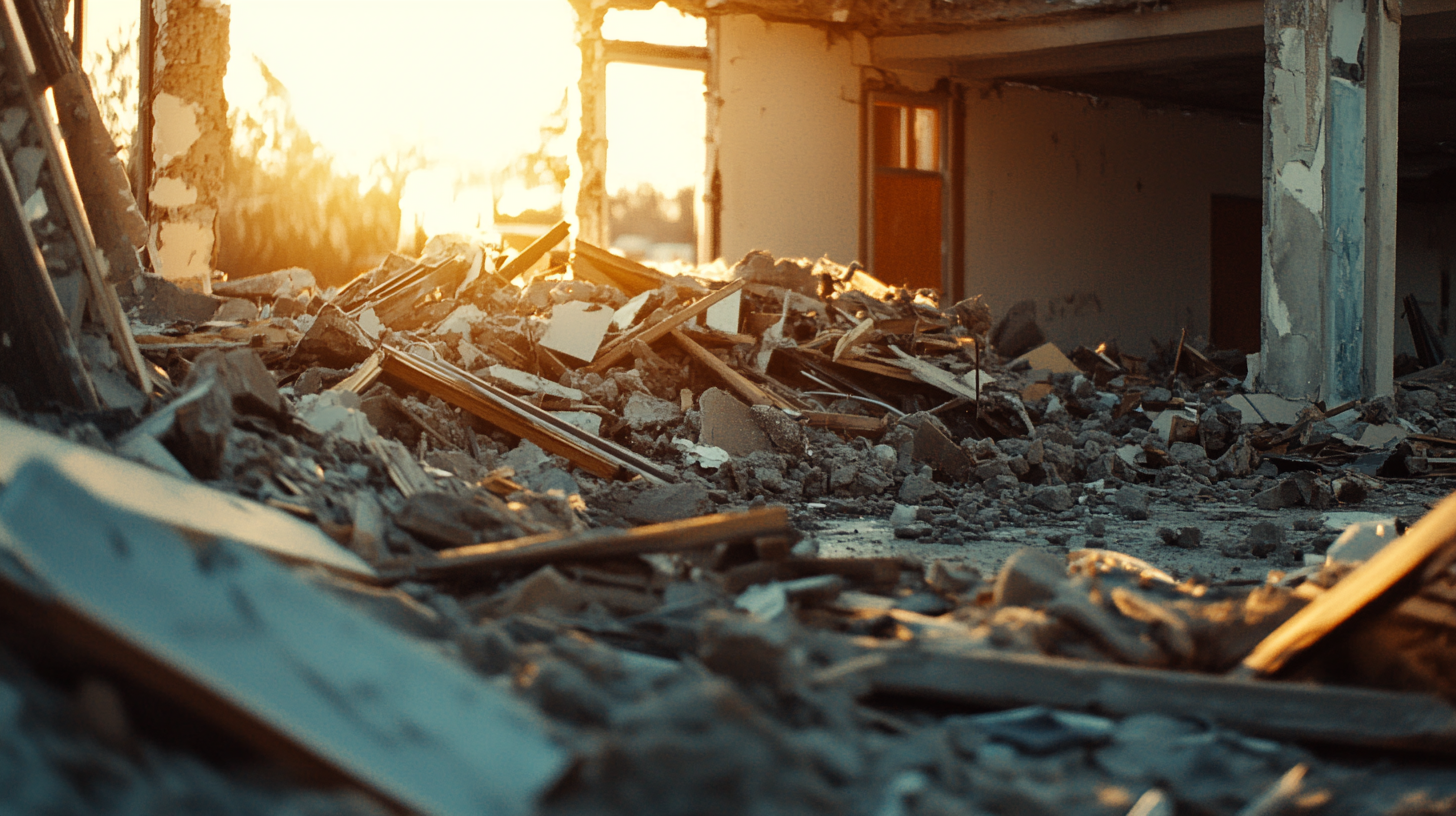
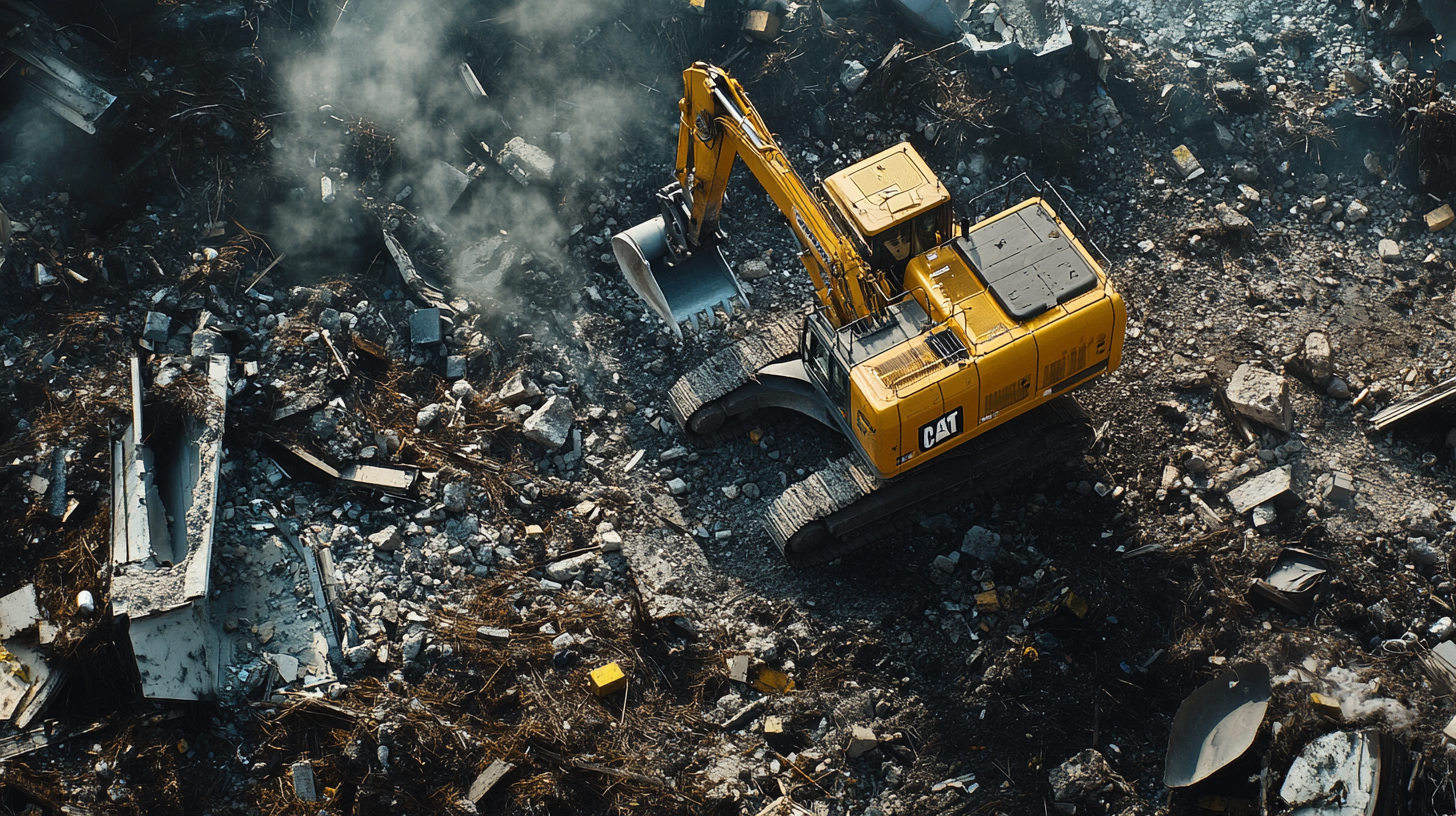
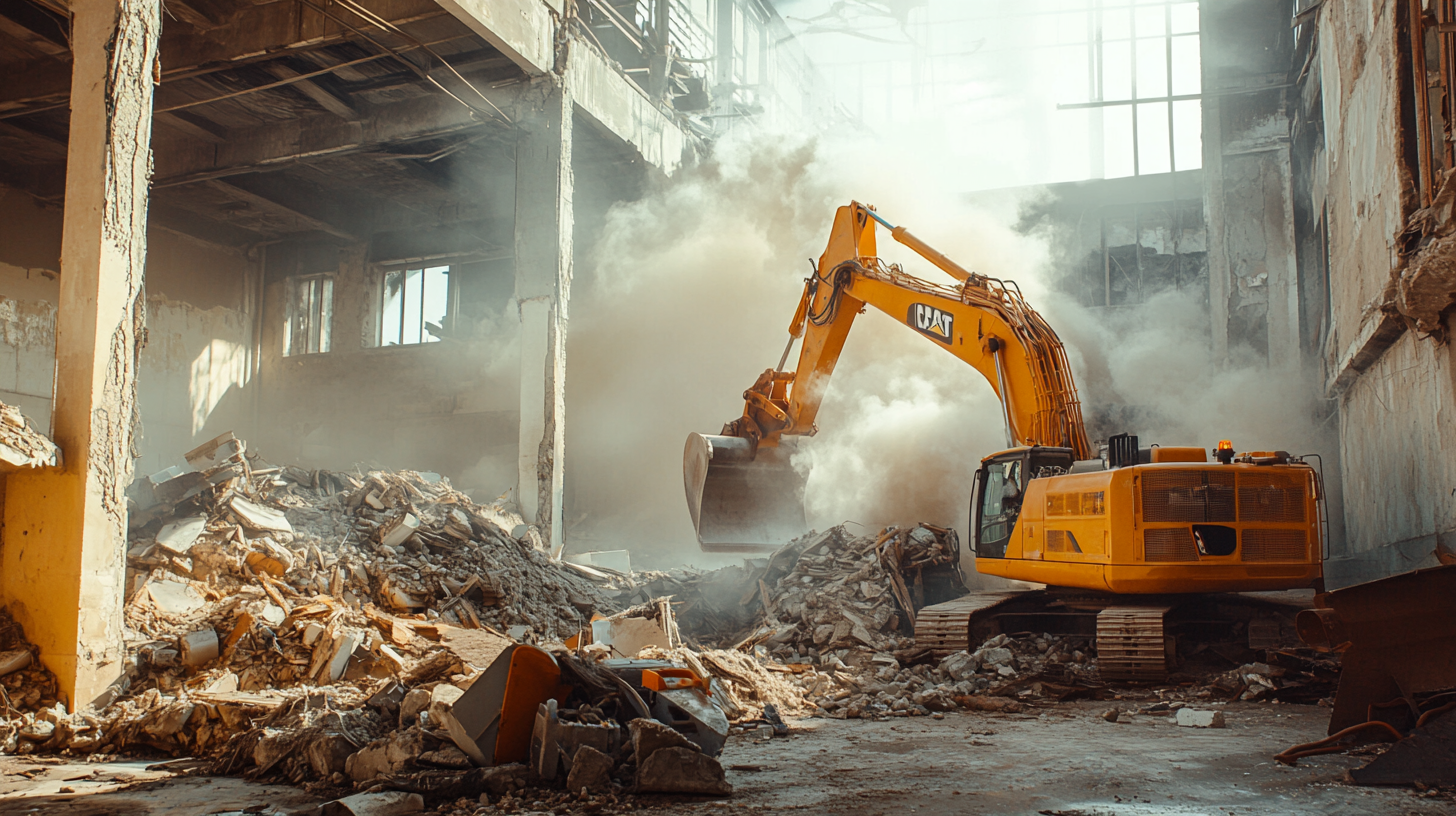
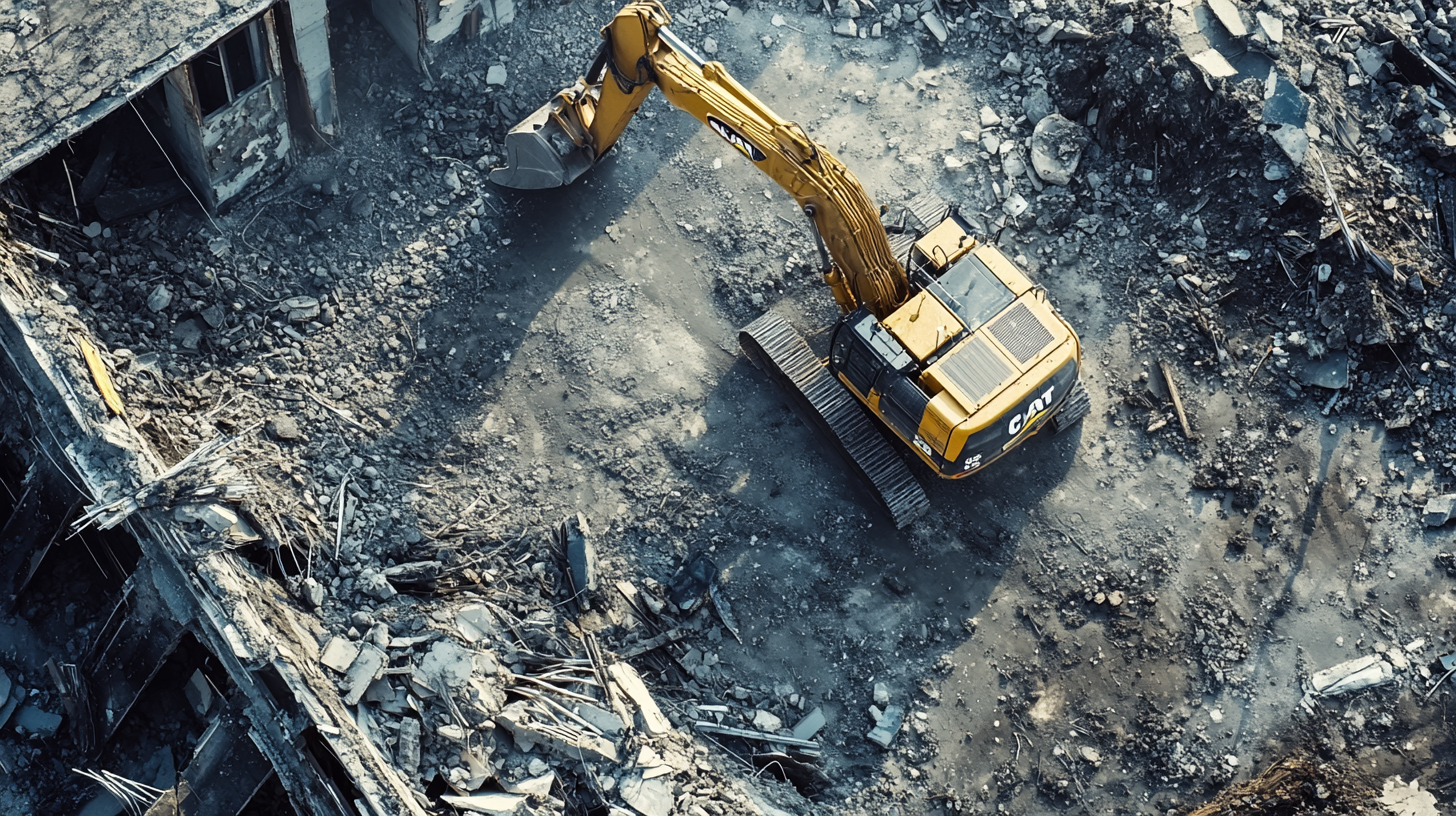
Got a Question? We’re Here to Help.
You can arrange an appointment or make an enquiry by phone or email, orget in touch to us via our contact form.

